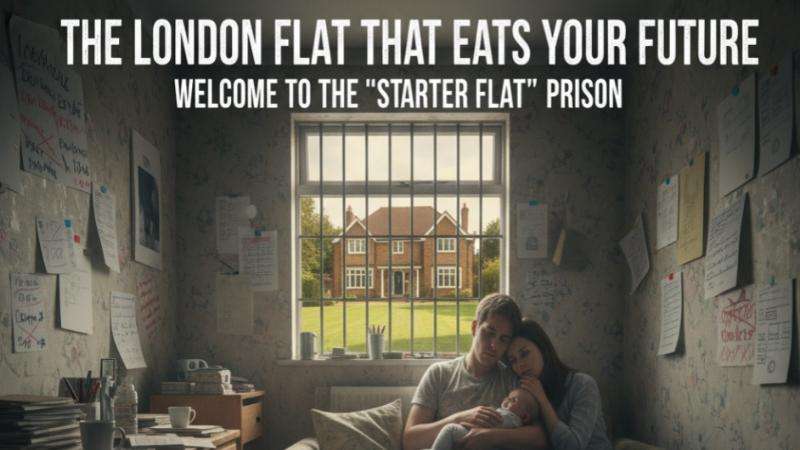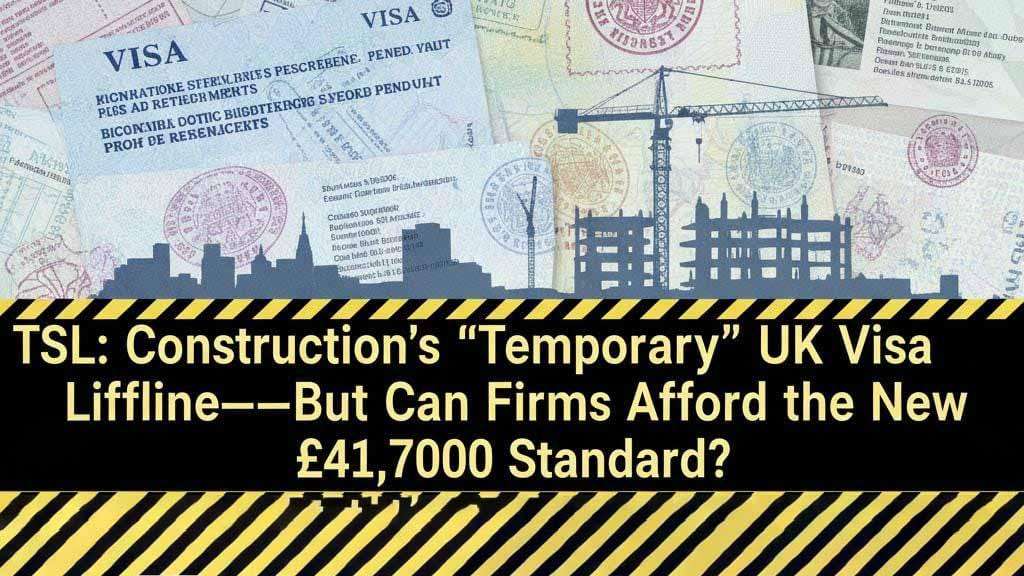The dream of an affordable home for millions of Britons has been dealt a fresh blow as fixed-rate mortgage deals have unexpectedly risen month-on-month for the first time since February 2025. This unwelcome reversal in borrowing costs not only jeopardises the fragile recovery in the housing market but also highlights the stark failure of the government's promise to deliver affordable homes.
Mortgage Costs Defy Rate Cut Hopes
According to analysts at Moneyfacts, the average rate on two-year fixed deals climbed by 0.02% to 4.98%, while the five-year average also rose by the same margin to 5.02% in October. Though the increases are small, the upward turn marks an ominous new trend, shattering market anticipation of further interest rate cuts from the Bank of England (BoE).
Hopes for cheaper mortgages, which had seen rates drift downwards for most of 2025, have been aggressively reined in by a sudden and persistent spike in UK inflation. The Consumer Prices Index (CPI) has recently lingered at 3.8% and is now expected to peak near 4%, double the BoE's 2% target. This elevated inflation environment means further base rate cuts—despite the three cuts already delivered since the start of 2025—are increasingly unlikely, with financial markets now pricing in a very low probability of a November cut.
Rachel Springall, a finance expert, noted the direct cause: "Volatile swap rates and a cautionary approach among lenders have led to an abrupt halt in consecutive monthly average rate falls."
The immediate pain is concentrated on those facing remortgaging soon, particularly borrowers who secured ultra-low five-year fixed deals in late 2020 or early 2021 and now face a jump of potentially hundreds of pounds in their monthly payments. However, even with the rise, it is worth noting the market is more favourable than the peak in October 2023, when the average two-year rate was a crushing 6.47%.
The Crisis in the UK Housing Market
The housing market is facing a renewed period of stagnation, caught between high costs and political uncertainty.
House Prices Remain Stubbornly High: Despite the high-interest-rate environment, the latest data from the ONS shows that average UK house prices still increased by 2.8% in the 12 months to July 2025, reaching an average price of around £270,000. While London and the South East show minimal growth, more affordable regions in the North East and Scotland continue to record significant annual increases. The high prices have not been corrected sharply enough to offset the rise in mortgage costs, meaning actual affordability has barely improved for first-time buyers.
Activity is Subdued: The Royal Institution of Chartered Surveyors (RICS) reports that buyer demand and agreed sales have been down for the third consecutive month, forecasting a sluggish market into next year. This is compounded by the "wait-and-see" approach adopted by buyers and sellers, especially in higher-value markets, due to intense speculation over potential property and wealth tax changes in the upcoming November Budget.
The 'Affordable Housing' Lie
The core focus of this crisis is the government's repeated but unfulfilled promise to make housing affordable. The confluence of rising mortgage costs and persistent house price inflation exposes the affordability agenda as increasingly hollow.
The Supply Crisis: The government's headline goal of delivering 1.5 million new homes by the end of the current parliament is falling short. Data shows that the number of new home completions has continued to decline. Most critically, the supply of genuinely Social Rent housing is minuscule. In 2023-24, only 9,866 new homes were delivered for social rent, a tiny fraction of the estimated 90,000 needed annually just to clear the current social housing backlog.
The Affordability Gimmick: The focus has largely shifted to 'intermediate' tenures like Shared Ownership and 'Affordable Rent,' which are often still out of reach for the most needy. While the relaxation of loan-to-income rules is a technical positive for some, it is a measure to alleviate a mortgage challenge, not a solution to the fundamental lack of affordable stock. The reality is that over 1.3 million households are currently on social housing waiting lists, and approximately 160,000 children are living in temporary accommodation.
The rising mortgage rates serve as a brutal reminder: even if a house price correction were to occur, the government's failure to build the right types of homes, particularly at the social rent level, means the UK remains mired in a severe structural housing crisis. For the millions struggling with high rents and unattainable house prices, the pledge of 'affordable homes' is starting to sound less like a policy objective and more like a betrayal of the electorate's aspirations. Securing an affordable home is no longer a matter of navigating the "mortgage maze," as one expert put it, but rather a profound political and economic failure that continues to punish the next generation of homeowners.


_1.jpg)
_1.jpg)
_2.jpg)


_4.jpg)
.svg)


